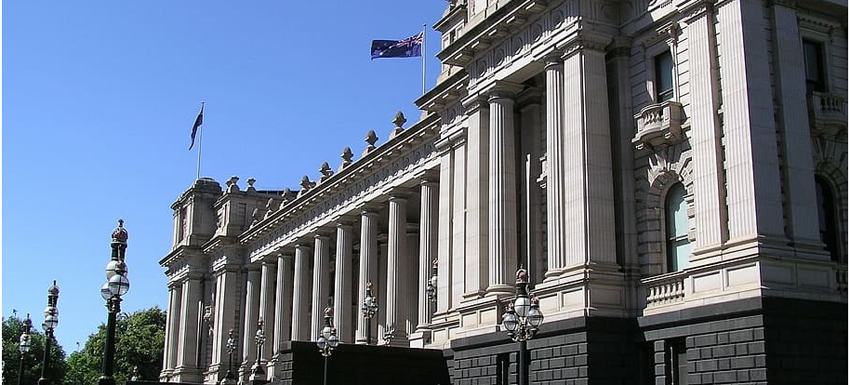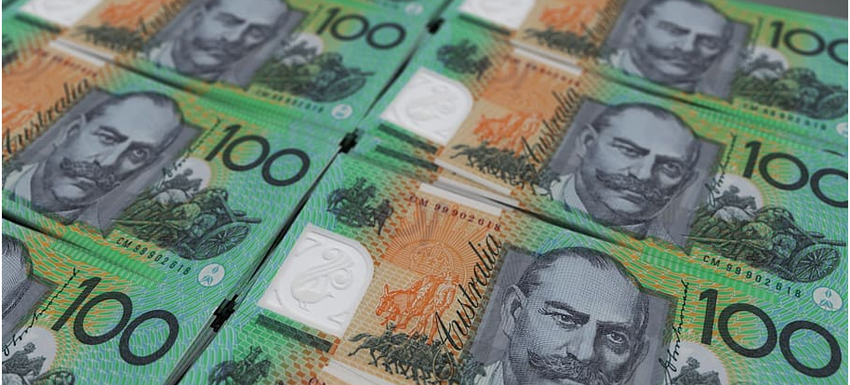
Image: Piqsels
Although there is a feeling that the Australian economy escaped the brunt of the economic fallout from the COVID-19 crisis, the country fell into recession for the first time in almost 30 years based on Q2 2020 figures. The economy declined by 7% in Q2 2020, much bigger than the previous worst decline in history, the 2% fall in 1974.
It followed up the 0.3% decline for Q1 2020, with the second quarter fall a shade worse than most economists had forecast too. The unemployment rate in Australia has increased to around one million citizens also. There was real concern in March when the Australia 200 index plummeted by as much as 36%, reaching lows of 4,546 points, based on the latest FX trading graphs for retail traders. The ASX 200 has long been an integral barometer of the Australian economy, featuring 200 of the country’s leading public limited corporations.
More recently, the ASX 200 has demonstrated more positive signs of life. In fact, it has rallied to hit nine-month highs of 6,683 in recent days, based largely on the increasing likelihood of a global vaccine for coronavirus in Q1 2021. The COVID-19 pandemic has caused untold economic damage across the globe, but the encouraging news from Pfizer and Oxford University offers some much-needed light at the end of the tunnel.
One of the biggest issues for the Australian economy has been the fall in consumer spending. Household expenditure declined by more than 12% in Q2 2020. The one advantage to this being that household savings rates have soared to almost 20% of monthly income, which may prove to be the perfect storm for some prospective first-time buyers and existing homeowners looking to upsize.

Image: Piqsels
At the start of November, the Reserve Bank opted to cut its interest rate to an all-time low of 0.1%, reaching parity with the interest rate cut of the Bank of England made in March. With interest rates at such historic lows across Australia, it’s not hard to see why average residential property values continue to rise. Demand continues to rise as homebuyers seek to take full advantage by locking in the lowest possible base rates of interest. Nationally, property values were up 0.4% on average in October, with only Melbourne experiencing a month-on-month decline due to its most stringent lockdown restrictions.
The ASX 200 companies leading the charge to recovery
There are two major success stories in the ASX 200 during this year. While the vast majority of listed companies have battled headwinds, both Afterpay and Fortescue Metals have helped underpin the recent resurgence in the index over the last six months.
Afterpay is one of Australia’s primary innovators in the fintech space. Founded just five years ago, Afterpay has well over seven million active users that take advantage of the company’s innovative payment facilities afforded to major retailers, enabling consumers to “buy now and pay later” without having to acquire traditional lines of credit.
News of Afterpay’s expansion into the EU market saw its share price reach record highs in August, only to be surpassed again in early November. Morgan Stanley has predicted that the Afterpay share price could reach AU$120 per share ahead of the Christmas season, thanks to a seasonal surge in consumer activity on and offline. Not only is the Afterpay app experiencing repeat usage from consumers down under, it’s also attracting interest stateside, with app downloads across the US on the rise too following new tie-ups with Stripe and Wix.
The world’s fourth-biggest iron ore producer, Perth-based Fortescue Metals Group has also bucked the trend in 2020. As of late November, its share price has more than doubled since its annual low of AU$8.58 in early March.
The primary basis for the increasing positivity in the Fortescue Metals share price is its exciting export deal with China, which is expected to be a multi-billion-dollar partnership. China’s economy appears to be over the worst of its pandemic problems, which plays nicely into the hands of Fortescue, as it seeks to smooth China-Australia trade tensions.
Fortescue Metals’ CEO Andrew Forrest has also pledged to turn the company into a renewable energies giant, whilst achieving increasing Q3 2020 revenues per tonne by as much as 31% on the previous quarter.
It’s clear that other facets of the Australian economy need a growth stimulus like Fortescue’s in order to weather the COVID-19 storm.
